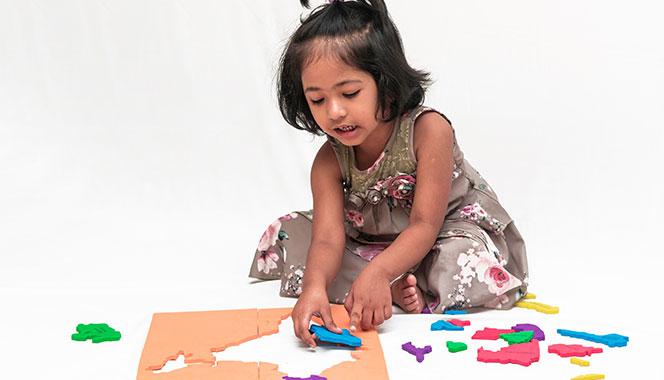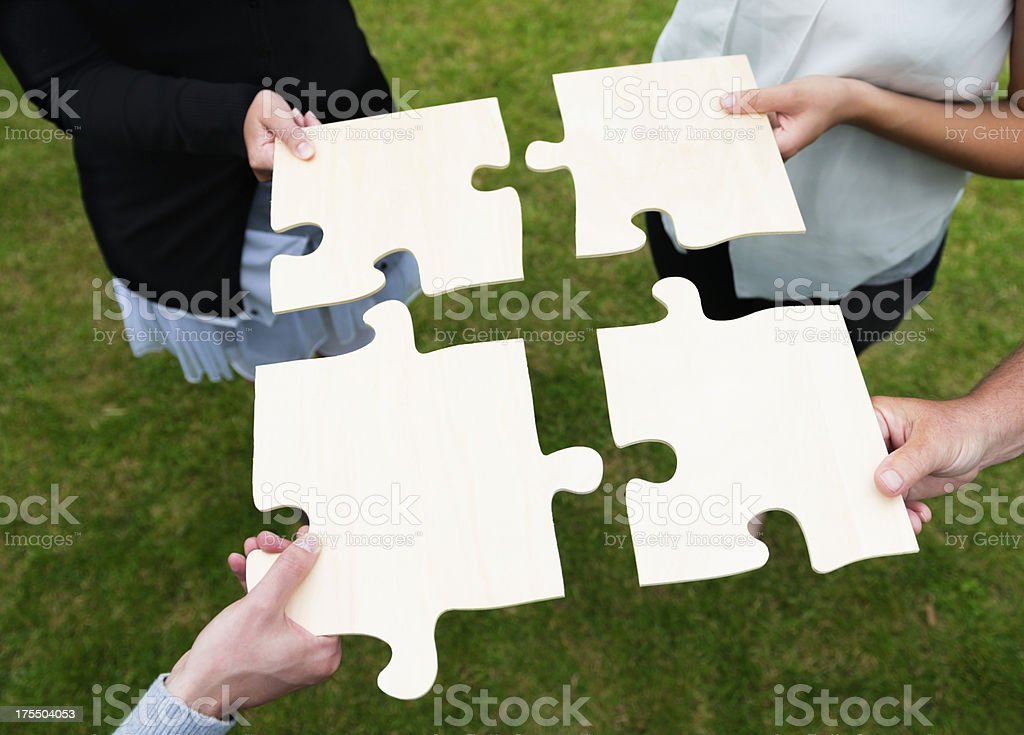
Quilling is an ancient decorative art. It's the art of twisting, rolling and bending thin strips made of paper into various shapes. It gained popularity in the 16th and 17th centuries, when Princess Elizabeth and the Queen enjoyed it. The techniques of quilling have remained relatively unchanged since then, and there are many variations on the traditional method. Read on to learn more about this fascinating art form.
Paper quilling is a decorative arts.
Quilling, a traditional decorative art, has a rich history. It was originally known as paper filigree. This centuries-old craft involves cutting thin strips of colored paper and rolling them into different shapes. These shapes are attached using glue. These pieces are beautiful and decorative. You can either create your own designs yourself or get one from an artist. Quilling is a popular way for people to express themselves.
Quilling was first popular during the Regency era in England. The art was used by nuns to decorate holy images and reliquaries. The art was well-known and widely spread across Europe. It was a popular craft in poorer churches where nuns could practice it using vellum. Although it was hard to tell quilling from silver or real gold filigree work at first, it was made easier by the advent of paper production.

It involves rolling, twisting, and bending thin strips of paper into shapes
Quilling was developed as a way to replace metal filigree in the 14th century. The technique's name is derived from the fact artists used feather- or porcupine quills in order to wind the paper coils. Quilling has become a very popular art form, for both adults and children. There are two types: the functional and the decorative.
Paper quilling is an exciting activity that can create a variety of interesting compositions. Although the process is very simple, it can also be quite inexpensive. However, it requires patience as well as care. Quilling can be used to create cards, gifts and paintings. Paper quilling is a great hobby for everyone, regardless of age or skill level. The basic principle of quilling is to prepare several colored strips of papers and then wind them onto a special base. Each element is then given the right shape and colored to create stunning paper patterns.
It was popularized in the 16th, 17th and 18th centuries.
Although quilling was a practice that originated in the Middle Ages it wasn't widely used until the Renaissance. Quilling was first practiced by nuns who used gold-gilded paper for decoration of holy pictures and reliquaries. Eventually, quilling gained popularity as a "proper pastime" for women. It was taught alongside needlework and became very popular in Europe. Queen Anne and Lady Mary, both of Denmark, were among the famous quilters.
Quilling was popular in England during the Georgian period. This art was enjoyed even by Princess Elizabeth, the future Queen. Quilling was a very popular hobby at that time. It had a small but lucrative market. Cabinet makers supplied wooden boxes to be used to display quilling creations. William Bemrose was a woodcarver, and the owner of Bemrose & Sons' printing company.

Techniques
You can either buy a book, or watch a video tutorial to learn the basics. The book includes step-by–step photographs so you can follow along with each project. When learning to quill there are two ways to go about it. The first is to copy other people's instructions, and the second is to imitate them. Both methods can be used to learn the basics and techniques of quilling.
In the 18th century, quilling was already popular with the British royal family and nobles. During that time, ladies used it to make cards, wrap presents, and make pictures. In the late 19th century, women began using quilling to decorate their housewares, and in particular, to embellish their hats. Missionaries also brought quilling to the Americas, where it became popular as a decorative art.
FAQ
What's a hobby?
For kids, a hobby can be any activity that they are interested in doing as part of their everyday routine. They might like to draw pictures, build things, paint, write stories, play with toys, read books, watch TV, listen to music, play computer games, ride bikes, skateboard, swim, climb trees, run around outside, play football, basketball, volleyball, rugby, cricket, baseball, soccer, hockey, dodgeball, rounders, tag, hide and seek, hopscotch, marbles, jump rope, hopscotch and many others.
Many parents worry about their children getting into trouble if they have the freedom to do what they want. But this isn't always true. They won't get into trouble if your child is safe and does not cause harm to others or themselves.
It is important to keep in mind that just because someone likes something, doesn't mean they will choose it every time. If they are passionate about drawing but hate writing, they might choose to draw pictures over writing.
There are many hobbies to choose from, so it's up you to find the one that interests you most.
What are some enjoyable hobbies for seniors
Senior citizens should find activities they love to do. They should also try to stay active by participating in sports and other physical activities.
They may want to join clubs that allow them to meet others with similar interests. They'll be less lonely as they get older.
Senior citizens should keep up to date with the latest trends. For example, they could follow fashion, art, music, literature, politics, etc.
What are some great hobbies ideas?
Hobby Ideas for People who Love to Learn and Teach Others.
Hobbies can allow you to be creative and have fun while learning.
There are many different types of hobbies, but they all have similar characteristics. They are usually enjoyable activities that don't require a lot of effort and can be very economical.
These involve working with others.
You might not think about yourself as a teacher, but chances are there's something you could do to help someone else learn.
If you are looking to become more creative in your daily life, you might consider starting a hobby that allows you to share your talents with others.
What hobbies are best for introverts and what types of hobbies would they enjoy?
Introverts can focus on only one thing at a given time. They enjoy solitude and prefer to read, write, play music, watch movies, etc.
They also like to be alone. However, they do not enjoy socializing all day long. They often feel bored when they are surrounded by people.
Introverts may choose to do hobbies that are more alone-oriented. For example, they may enjoy reading books, listening to music, taking photographs, painting, writing poetry, etc.
Introverts may even prefer to live alone. They can concentrate on their hobby without being distracted.
Why do we need hobbies?
Hobbies play an integral part in our lives. It allows us to unwind and recharge, think creatively, exercise, socialize, have fun, and allow us to enjoy life. Hobbies offer opportunities to develop new skills as well as life-long interests.
Hobbies help us to find meaning and purpose in our lives.
They are often a great way to spend free time when you don't have much else going on.
They're even fun!
You probably don’t have enough time to pursue hobbies.
Look at all the options. You might consider starting a hobby if you don't already have one.
What are good hobby ideas?
The best hobbies are those that you enjoy doing for yourself. You will find it easier to stay motivated if you love what your doing. If you don't feel well or tired, you will always have an excuse!
There are many hobbies that we all enjoy: gardening, painting and crafts; photography; cooking; sports and games; reading music and film-making; collecting; cycling, walking, dancing and writing; playing instruments and other musical instruments.
You could also consider volunteering at a local charity shop, animal shelter, children's hospital, hospice, elderly care home, school, community center, church, etc.
Suppose you're looking for something more adventurous. Take up skydiving or rock climbing, parasailing, parasailing and paragliding.
There are many ways to enjoy nature, even if you don't want to travel far. These include caving, cliff diving, cave tubing, abseiling, sea kayaking, rafting, canoeing, climbing, trekking, bushwalking, mountaineering, backpacking, trail running, orienteering, off-road driving, quad biking, motorcycling, motorcycle riding, dirt bike riding, jet boating, hang gliding, hang gliding, parachuting, hang gliding, heli-skiing, ice skating, snowmobiling, snowshoeing, snowshoeing, cross country skiing, downhill skiing, telemark skiing, ski touring, sled dog racing, snowboarding, snowkiting, snowmobiling, spelunking, snowshoe hiking, snowshoeing and many more.
Statistics
- In comparison, men in the “no humor” condition were refused 84.6% of the time and were only accepted 15.4% of the time. (time.com)
- 37% Video Games 36% Travel 36% Health and Fitness (quizexpo.com)
- I am 100% biologically a woman (discover.hubpages.com)
- Much of this decline reflects the fact that teens are less likely to work today than in the past; among employed teens, the amount of time spent working is not much different now than it was around 2005. (pewresearch.org)
- The Role of the Mind in Sex, Dating, and Love: Men in the “humor” condition received phone numbers from 42.9% of the female participants and were refused 57.1% of the time. (time.com)
External Links
How To
How to Get Started in Baking
Baking is the art of making food out of flour, eggs sugar, butter and other ingredients. Baking is a process that uses flour, fats and sugars, leavening agents as well as salt and water. In this article, we will discuss how to make bread. Common ingredients include wheat flour, yeast powder, egg whites and butter. We also use honey, salt, honey and olive oil.
Mix these ingredients together to make bread. In a large bowl, combine the dry ingredients (flour yeast, salt) and add them to the bowl. Next, add the wet ingredients (milk powder and egg white). Mix them together. Mix in the honey, then knead until the dough is smooth. Let the dough rise for 30 minutes. After rising, the dough should be light and soft. The dough can be rolled out and placed on a baking sheet. Bake at 180degC for 15 minutes.